- About us
- Support the Gallery
- Venue hire
- Publications
- Research library
- Organisation chart
- Employment
- Contact us
- Make a booking
- Onsite programs
- Online programs
- School visit information
- Learning resources
- Little Darlings
- Professional learning
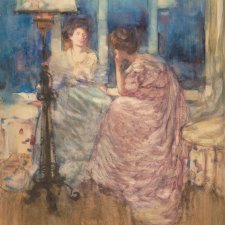
Penelope Grist finds inspiration in pioneering New Zealand artist, Frances Hodgkins.
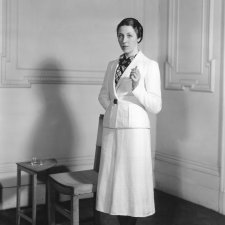
Aviation carried women’s roles in society to greater heights – fashion followed suit.
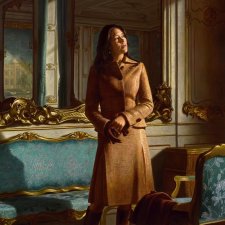
Joanna Gilmour takes us behind the scenes of some of Ralph Heimans’ best-known portraits of royalty, heads of state and cultural icons.

Chris O'Doherty, also known as Reg Mombassa, is best-known for his Mambo imagery but he also paints a lot of self portraits.
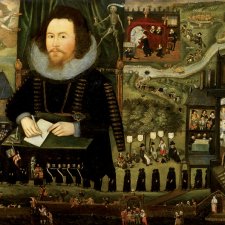
Alison Weir explores the National Portrait Gallery, London and the BP Portrait Award to find what makes a good painted portrait - past and present.

The portrait of Janet and Horace Keats with the spirit of the poet Christopher Brennan is brought to life by artist Dora Toovey.
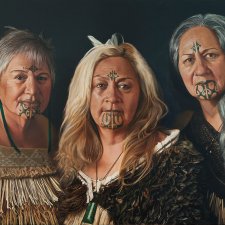
Pamela Gerrish Nunn explores New Zealand’s premium award for portraiture.
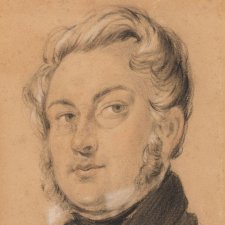
Whether the result of misadventure or misdemeanour, many accomplished artists were transported to Australia where they ultimately left a positive mark on the history of art in this country.
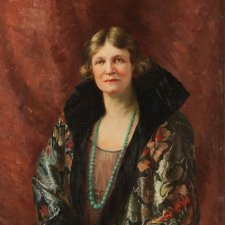
Jerrold Nathan's portrait of Jessie Street shows the elegant side of a many-faceted lady.
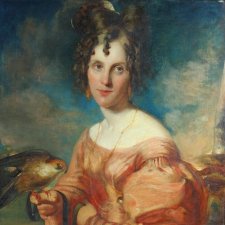
Charting a path from cockatiel to finch, Annette Twyman explores her family portraits and stories.
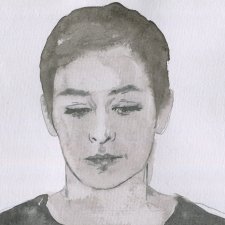
Michael Wardell samples the fare in the University of Queensland National Self-portrait Prize.

Joanna Gilmour discovers that the beards of the ill-fated explorers Burke and Wills were as epic as their expedition to traverse Australia from south to north.
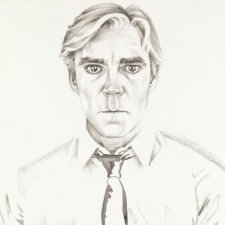
Christopher Chapman absorbs the gentle touch of Don Bachardy’s portraiture.
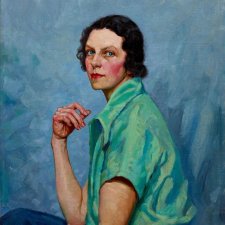
Archie 100 curator (and detective) Natalie Wilson’s nationwide search for Archibald portraits unearthed the fascinating stories behind some long-lost treasures.

The complex connections between four creative Australians; Patrick White, Sidney Nolan, Robert Helpmann and Peter Sculthorpe.
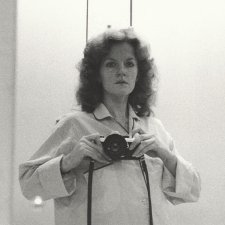
Rebecca Harkins-Cross considers Carol Jerrems’ portraiture against the backdrop of social change in the 1970s.